Last year was our first year sugaring , and while there was certainly a learning curve, I would call it a success. Thanks to our Vermont Evaporator Company Sapling unit, we were able to boil more efficiently than we would with homemade alternatives. Being it was our first year boiling, we stumbled and fumbled a bit. BUT we made maple syrup, and that’s what matters right?
Going into this sugaring season, I felt more prepared after learning from my mistakes. I had a better handle on when and how to tap , as well as how to properly filter and store my syrup. What we really needed to improve on was the actual boiling of the sap itself. Despite all of the benefits of the Sapling unit, I knew we weren’t maximizing its potential. We weren’t boiling as much sap as we should in a day, and as a result had to log more hours at the evaporator than we should to get the same amount of syrup. At the end of a 13-14 hour boiling day, we were never able to empty our 55 gallon storage drum.
I felt like we were always trying to regain our boil when adding fresh sap to the pan. While it may not seem like much, this boiling yo-yo is a time and efficiency killer when it happens over the course of an entire 13 hour+ boiling day. We were logging the hours, but weren’t see the results we should. I could do better.
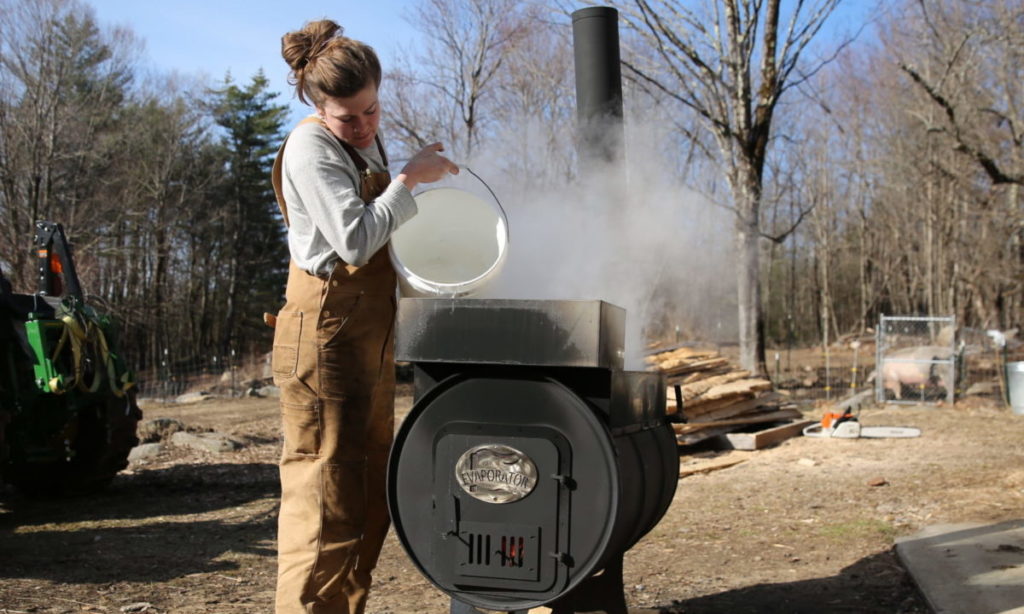
The Warming Pan
Our previous set up with the Sapling evaporator was the standard set up with the continuous flow pan over the barrel style evaporator. So when it came time to add fresh sap to the pan, it would be stone cold straight from my storage barrel. Sure, I could have some warming on a burner, but that would take away from our space for finishing syrup. As a result, stone cold fresh sap combined with partially boiled down sap would at the very least drastically reduce our boil, if not kill it.
This constant up and down chasing the boil is what made us so highly inefficient last year. It required us to have more boiling days than necessary to produce the same amount of sap. In an effort to improve our process, we added the warming pan to our set up this year. Essentially, it’s an additional pan that sits over the continuous flow pan that can hold 5 gallons of sap. The ambient temperature from the firebox as well as steam from the boiling heats the sap in the warming pan. While it won’t boil it, it will drastically increase the ice cold temperatures from the storage barrel (~35°F) to (~65°F-70°F) in the warming pan. This may not seem like much, but that 30°F+ degree temperature increase makes a considerable difference in the amount of heat energy that doesn’t have to be created in the pan.
In addition to the warming aspect of the pan, it has a sensitive spigot that can be fine tuned to back fill your boil. In order to help push the reducing sap through the baffles of the continuous flow pan, fresh sap needs to be added and finished syrup drawn off simultaneously. Ideally, at the same speed. Unless you have someone boiling with you to simultaneously pour in fresh sap from a bucket at the same pace you’re drawing off, this is an impossible solo dance. Not only does the warming pan allow one person to do this, but the spigot can be adjusted from a drip to a flow, depending on how slowly or quickly you are drawing off.
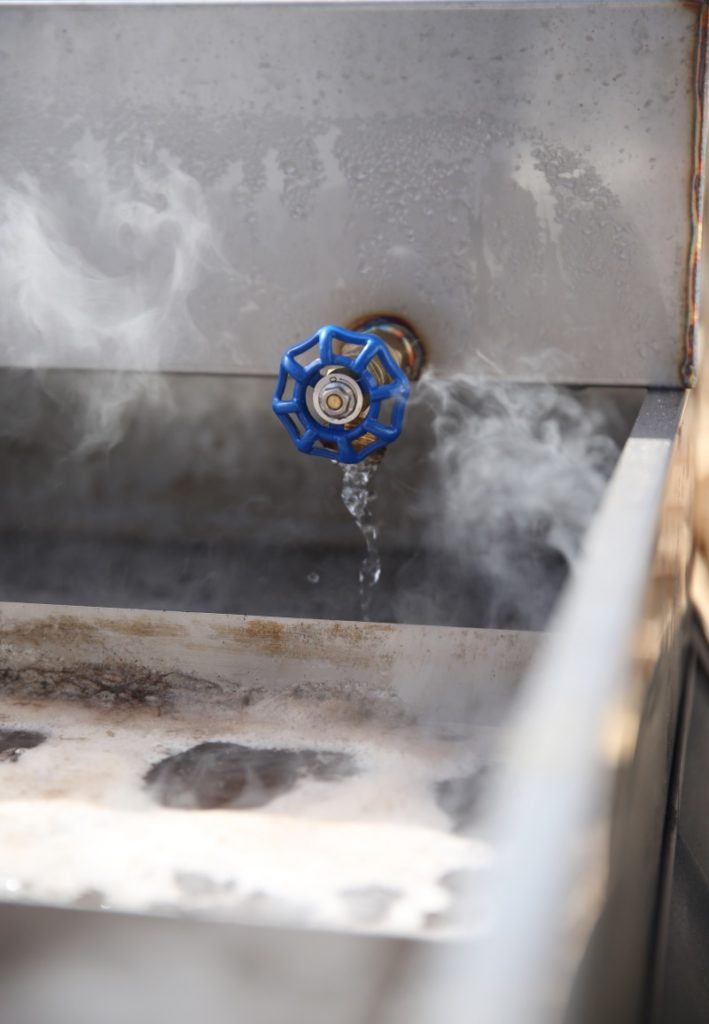
The Results
So at the end of the day, how big of a difference (if any) did the warming pan make in our process?
HUGE.
We boiled more sap in less time, and did in two days what took us three or more last year. Sugaring season overlapped with our kidding season this year, so we knew we would be cutting our season short. So, we needed to maximize every minute we could at the evaporator. We tapped fewer trees this year, and had less sap to boil. But, when factoring in actual boiling hours and what our syrup production was, we saw a dramatic leap in efficiency.
Not only did we see an increase in efficiency, we saw an increase in the quality of our syrup. We did zero pre-filtering of the sap this year before boiling, but followed the same finish filtering process as last year. Yet, we ended up with clearer syrup with less sediment. I can’t help but think this had something to do with the more efficient constant boil, rather than the yo yo-ing we experienced last season.
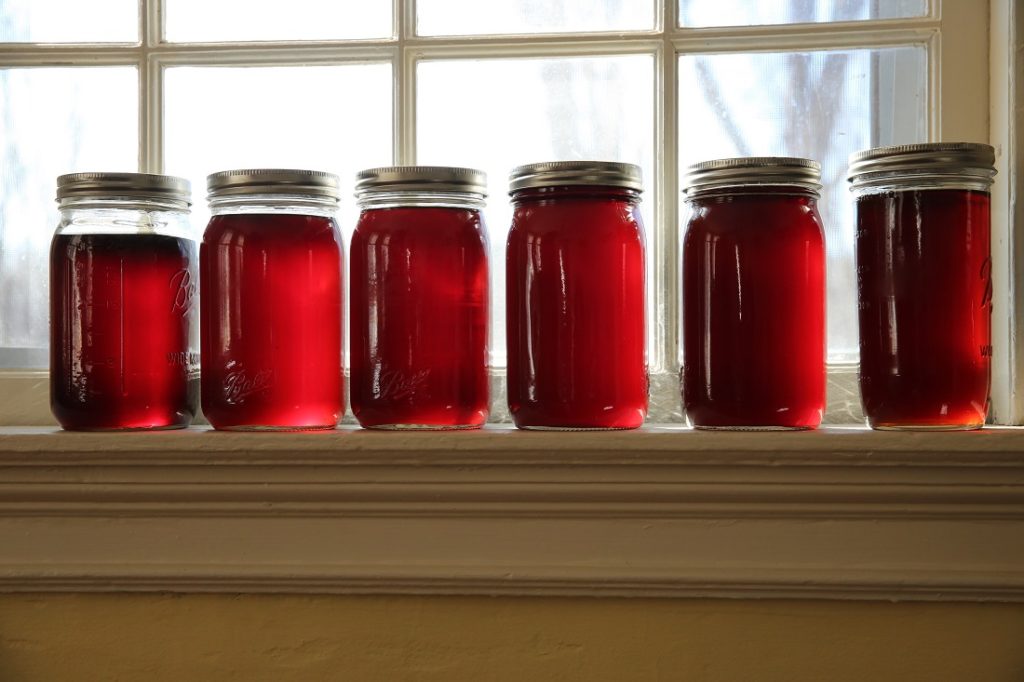
All in all, I am extremely happy with how our sugaring season went this year. Even though we drastically cut down on the number of taps and cut our season short, we still ended the season with almost two gallons of syrup. This was made only logging approximately18 hours at the evaporator. Combined with the gallon and a half we have leftover from last year, this is plenty to keep our breakfast sausage, waffles, and chicken drenched in maple syrup this year!
Happy Sugaring,
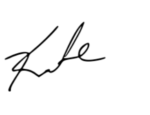
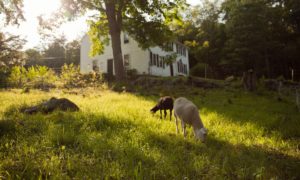
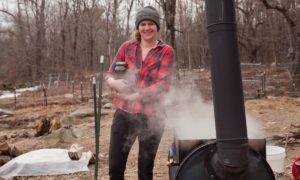
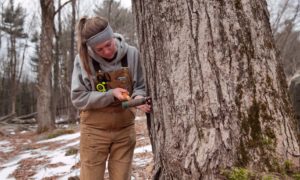
OMG this looks so good Happy you were able
to get the warming pan to make the syrup faster and easier, love reading about your pioneer life
Envy envy
Diane
copingdea
We started with 36 gallons of 4% sugar sap at 11am Saturday and finished at 1am Sunday 🙂 Fire was not enclosed and we had steady winds at 15mph with gust to 35. Unbelievably challenging to maintain a boil. Think we burned almost a half cord of wood.
Appreciate the tips and definitely enclosing the fire bed next year.
That’s a long night! Strong winds can certainly prove challenging without an enclosed space! Glad you know what to improve on going forward though!